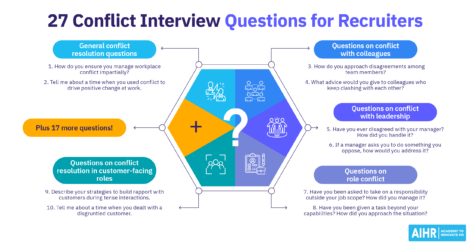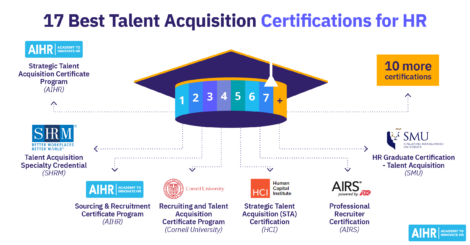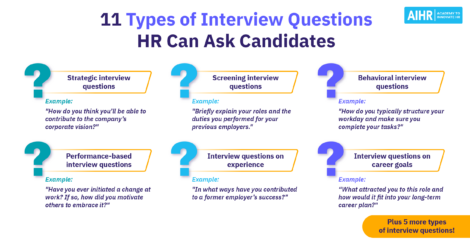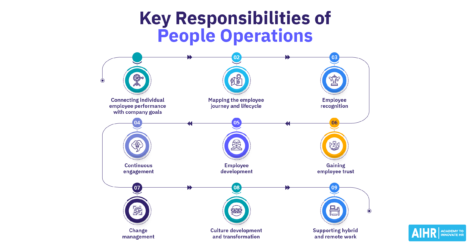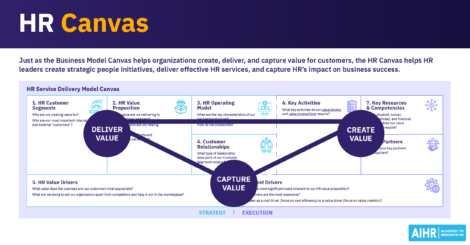[Free] Background Check Form: Plus a Detailed How-To Guide
Trusting a résumé alone can be risky — in fact, 75% of HR managers have spotted lies on résumés. A background check can expose red flags before it’s too late.

74% of companies report having hired the wrong candidate at least once, and each poor hire costs them an average of $17,000.
Prioritizing background checks can help your organization avoid unnecessary costs, lower overall risk, build a reliable workforce, create a secure work environment, and uphold brand integrity. This article discusses how to use a background check form to streamline the process and provides a free customizable template to help you get started.
Contents
What is a background check?
Why is a background check form important?
Key elements of a background check form
5 tips on how to use a background check form
Background check form examples
What is a background check?
A background check is a process used to verify someone’s personal, professional, or criminal history. Employers use it to confirm qualifications, assess reliability, and flag any potential risks to see if a candidate is a good fit for the role they applied to.
Typically, a background check covers criminal records, employment and education history, reference checks, and assessing social media profiles for consistency and professionalism. These checks can help validate skills, maintain workplace integrity, and evaluate candidates’ cultural fit.
Most background checks take place during pre-employment screening. However, employers may also use them to periodically review employees in sensitive positions or vet contractors and volunteers. Done right, they help organizations build a reliable and capable workforce while protecting their operations and reputation.
Hiring without proper background checks can lead to significant financial losses due to turnover, theft, fraud, embezzlement, and legal battles over negligent hiring. Other possible risks include operational disruptions and compromised workplace safety.
All this could lead to severe reputational damage for the company, which would erode customer trust, lower employee morale, and make it harder to attract top talent.
Why is a background check form important?
A background check form (also called a background check consent form) is a legal document designed to obtain written consent from job applicants before conducting background checks.
This form informs them what information the company will access and review (e.g., criminal records, employment history, or educational credentials). It also ensures transparency between the organization and the applicant.
One of the form’s main functions is to protect both parties. It allows you to secure the candidate’s consent — often legally required — and assures them you’ll use their personal information only for legitimate hiring decisions. It also ensures legal compliance, protecting your organization from potential legal risks (e.g., claims of unauthorized personal data use).
For HR, this form streamlines the hiring process by providing a standardized way to obtain consent, saving time and minimizing errors. It also ensures fairness and consistency by applying the same rules to all applicants.
Most importantly, it provides the necessary information to make informed hiring decisions, reducing the likelihood of hiring someone unsuitable for the role or who may pose a risk to the organization.
Key elements of a background check form
Include the following key elements in your background check form:
- Applicant’s full name and contact information: The form should include the applicant’s full name, address, phone number, and email to ensure accurate identification and follow-up.
- Purpose of the background check: Clearly state the reason for the check — whether it’s pre-employment screening, contractor evaluation, or volunteer vetting.
- The types of checks you’ll perform: Outline what you’ll review, such as criminal records, credit history, education, or employment verification. This helps avoid surprises and keeps the process straightforward.
- Disclosure and consent statements: Include a simple explanation of how you’ll conduct the check and use the information you obtain. The consent section should allow the applicant to authorize the process, which is often required by law.
- Applicant’s signature and date: Finally, there should be a section for the applicant to sign and date the form to confirm their consent and provide a legal record.
Conduct background checks professionally and efficiently
Develop the skills you need to carry out background checks professionally and efficiently. This requires establishing a clear, consistent process with reliable screening tools, verifying candidate information thoroughly, and complying with legal requirements.
AIHR’s Sourcing and Recruitment Certificate Program will teach you effective candidate screening techniques, as well as how to conduct background and reference checks. You’ll also get access to ready-to-use templates and guides to speed up the screening process.
5 tips on how to use a background check form
Here are five tips that will help you use a background check form correctly and efficiently:
Tip 1: Bring in the form at the right stage of the hiring process
This typically happens after a conditional job offer and before initiating the background check, as it means you’ll have the candidate’s consent without delaying the screening process.
When providing the form, be professional yet approachable, explaining that it’s a standard step in the hiring process. Depending on your organization’s workflow, you can present the form in person, via email, or through an online HR platform.
Tip 2: Make sure candidates understand the reason for background check’s
Explain why the organization wants to conduct a background check and how it will do so. Candidates should know it’s about verifying their qualifications, protecting workplace safety, and ensuring compliance with organizational policies.
Clearly communicate to them that the information you gather will be used solely for legitimate hiring decisions. Maintaining a high level of transparency can build trust and help avoid misunderstandings.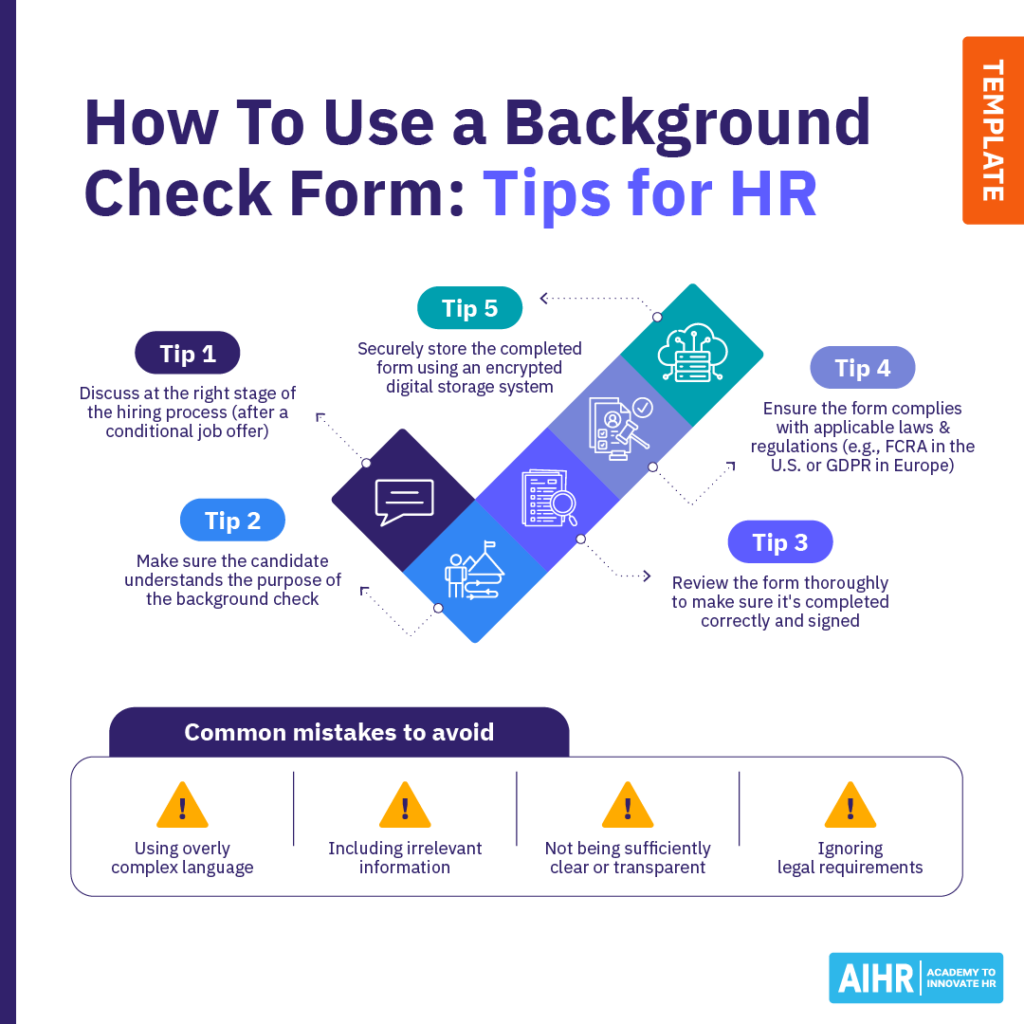
Tip 3: Review the form thoroughly
Review the form thoroughly to ensure the candidate has completed all the required fields correctly and signed it. This includes verifying their full name, contact information, and other details necessary for the screening process.
Double-check that the form is signed and dated before submitting it to your organization or filing it. This is highly important, as incomplete or unsigned forms can delay the background check or result in legal issues.
Tip 4: Ensure the form complies with applicable laws and regulations
Background check request forms must comply with applicable laws and regulations, such as the Fair Credit Reporting Act (FCRA) in the U.S. or data protection laws like GDPR in Europe.
These laws typically require clear disclosure and explicit written consent from candidates. Familiarize yourself with local legal requirements to avoid non-compliance issues that could lead to legal challenges for the organization.
Tip 5: Securely store the completed form
Once a candidate has completed the background check release form, securely store it as part of their record. Use an encrypted digital storage system (and, if possible, locked physical filing cabinets) to protect sensitive information. Ensure only authorized personnel have access to these forms and follow data retention policies to comply with privacy laws.
Common mistakes to avoid
- Using overly complex language: Keep the form simple and easy to understand. Avoid legal jargon or unnecessary complexity that might confuse or intimidate job applicants.
- Including irrelevant information: Be specific about the information you’re requesting, and request only details directly related to the background check. Asking for unrelated or excessive information can raise privacy concerns.
- Not being sufficiently clear or transparent: If a candidate doesn’t understand the reason for the background check or how the company will use their information, they may mistrust the process or even refuse to consent.
- Ignoring legal requirements: Not including required disclosures or obtaining consent improperly can result in serious legal liabilities. Be sure to stay updated on relevant laws in your region, country, or state to ensure your forms meet all legal requirements.
Always remember you’re dealing with a human being. Communicate the reason for a background check transparently and get informed consent before proceeding. Respect the candidate’s privacy, be sensitive to potential issues or concerns, and provide feedback on progress and outcomes to keep them in the loop. At the end of the day, they have a vested interest because you’re processing their personal information.

Background check form examples
Below are two sample background check forms to help you streamline your company’s background check process. AIHR created both templates in a PDF format, which are free to download and fully customizable to fit your organization’s needs.
Basic background check authorization form in PDF
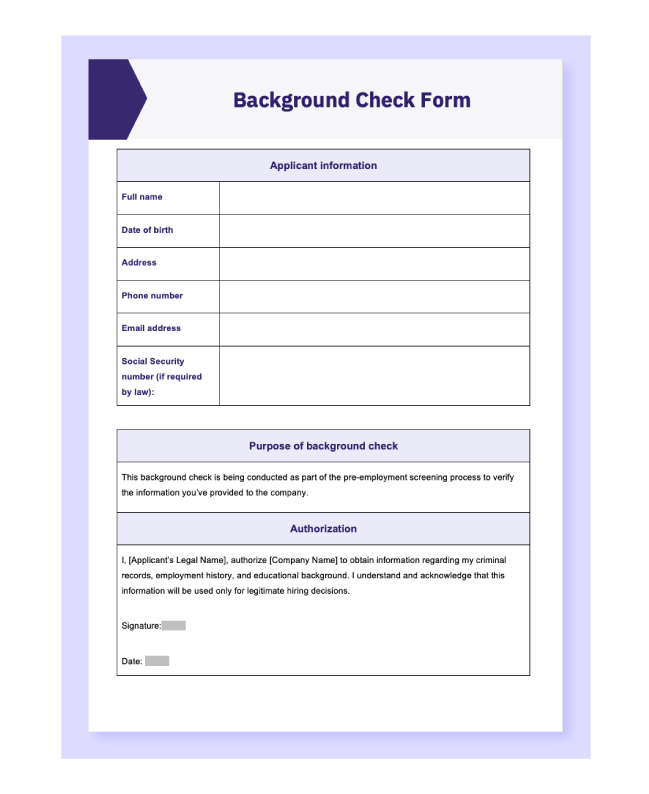
Detailed pre-employment background check form in PDF
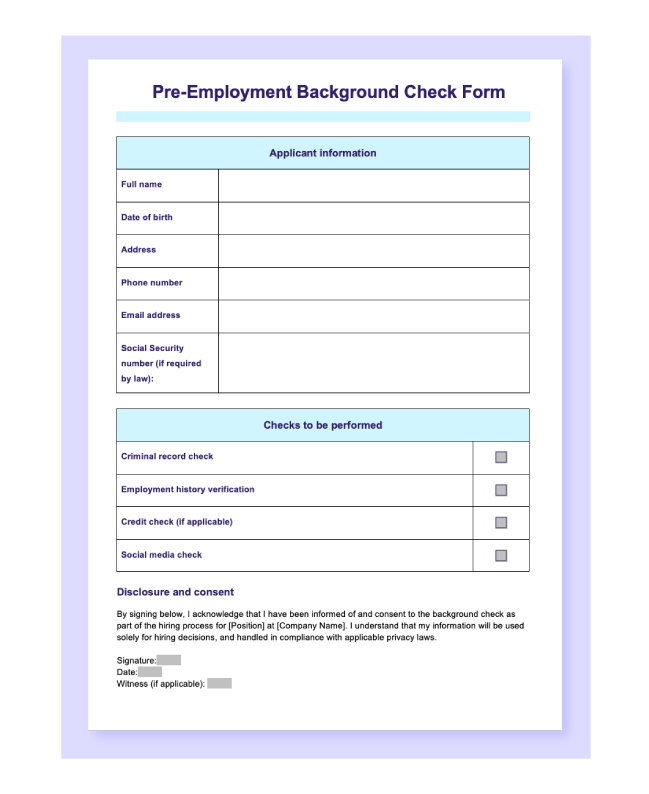
To sum up
A background check form provides a straightforward way to secure written authorization from candidates before conducting such checks. They ensure applicants understand the purpose of background checks, what kind of information the company will review, and how it will use the information.
Using a background check form template helps standardize and streamline the process. Tailor your template to include specific checks relevant to each role, whether criminal records, education verification, or credit history. A template can also help you ensure consistency across all candidates, avoid legal risks, and make well-informed hiring decisions.
Learn more
Related articles
Are you ready for the future of HR?
Learn modern and relevant HR skills, online







